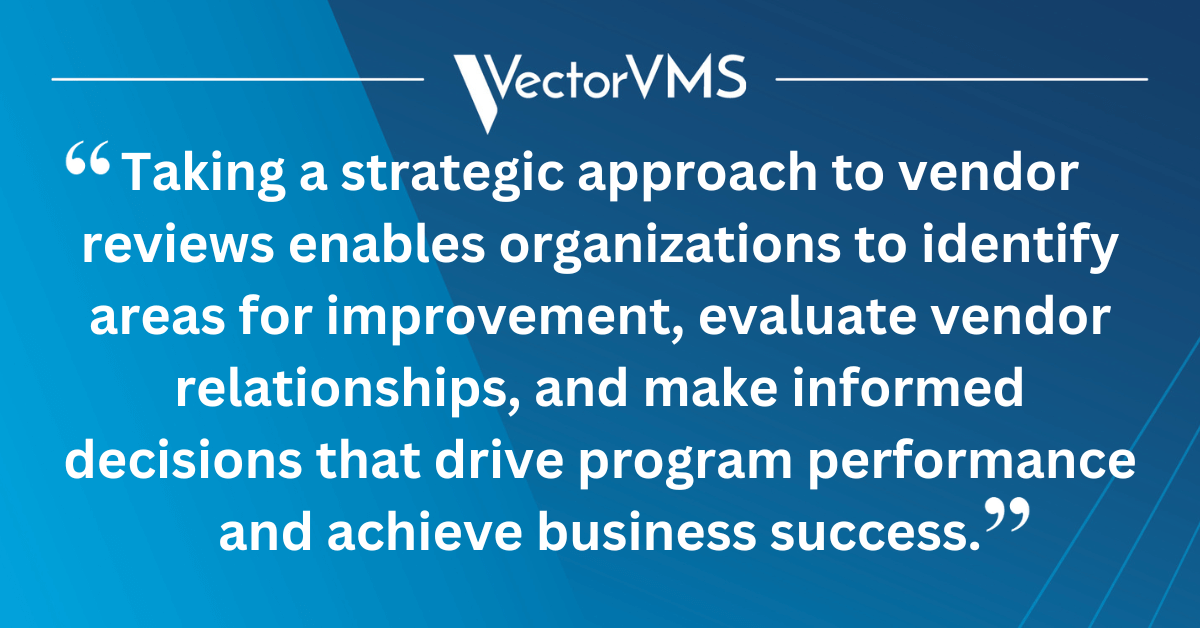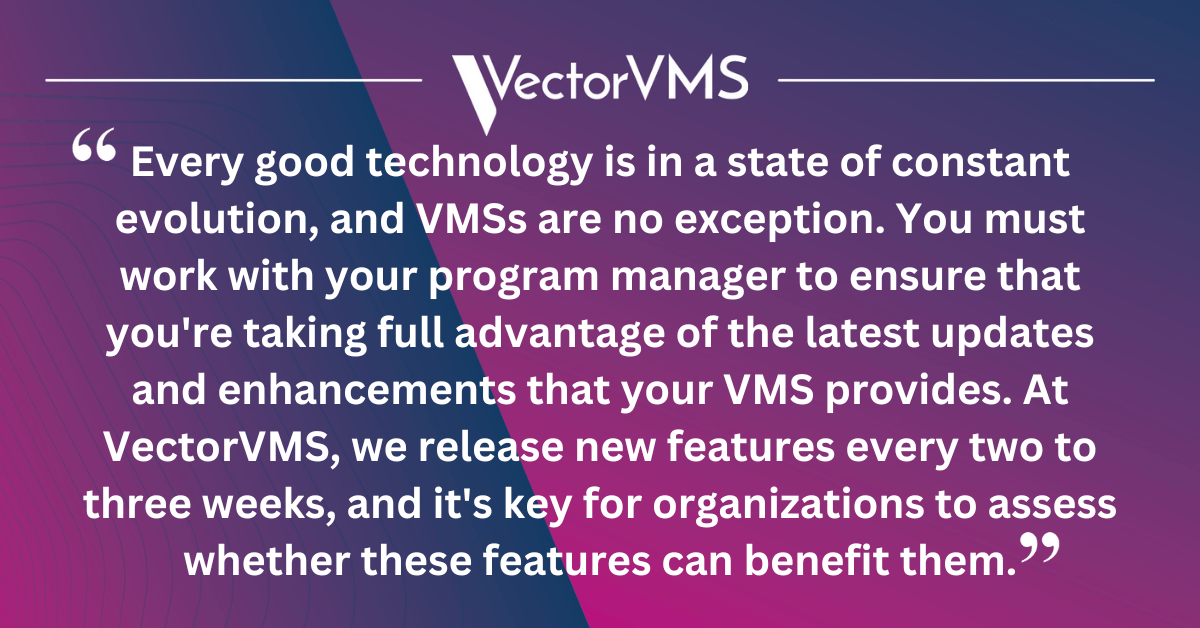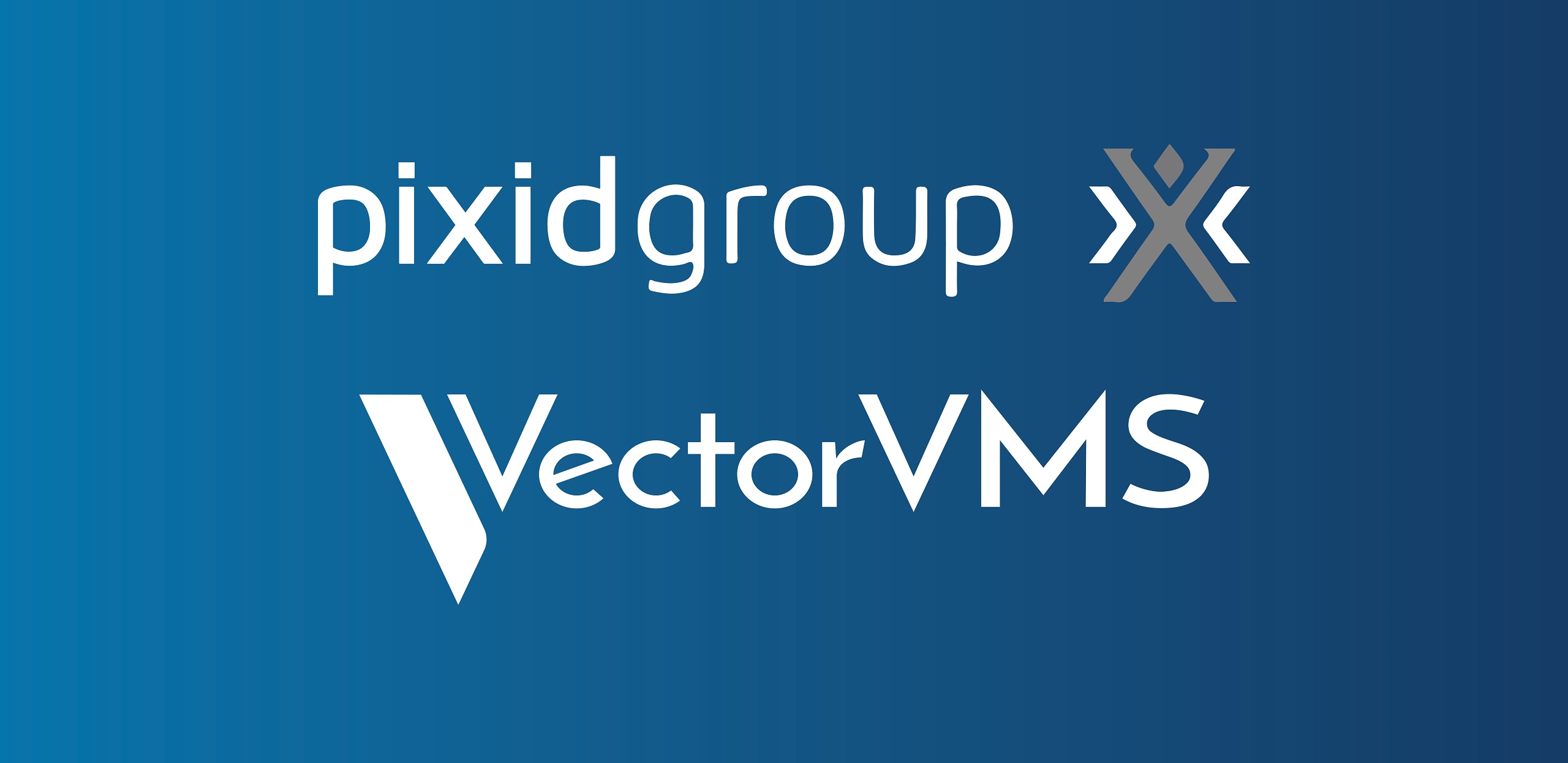Whether you’re a startup or a Fortune 500 company, optimizing your contingent workforce program can help you achieve your business goals, reduce costs, and increase the quality of work performed by your contingent staff. But where should you start? With so many moving parts and factors to consider, it can be tough to see where your optimization efforts should focus and a challenge to discern how a vendor management system (VMS) could help you achieve your goals.
In this blog post, we explore four key areas that can help you optimize your program and achieve business success.
1) Vendor Management
Vendors are the core element in any program that handles extended labor. They’re the ones in charge of bringing in the talent you need. Therefore, you must ensure that you’re working with the best partners for your program. You must account for the following aspects of vendor management optimization:
i) Supporting Vendors Through Communication and Orientation
From the first engagement you have with your vendors, you must ensure ongoing and clear communication.
When you bring a new vendor to your organization, you need an orientation program in place to train that vendor. Without training, how can that vendor even get up to speed with the requirements and goals of your program? Orientation and guidance during the first engagements with a vendor are essential to ensure every stakeholder is aligned from day one. Once that happens, vendors become more efficient.
This level of support and communication must be maintained throughout the partnership. Optimizing communication between all parties will contribute to a strengthened relationship. By communicating regularly with your vendors, you can ensure that they’re meeting your expectations and can quickly address any issues that arise.
ii) Fostering Accountability With Vendor Audits
Audits are an essential part of your optimization process because they provide you with valuable insights into your vendors’ performance. Through manual audits, organizations can assess vendor performance, identify areas for improvement, and ensure that vendor processes align with your organization’s goals and objectives. On top of that you can also strengthen vendor relationships and foster a culture of transparency and accountability.
Performing audits can be a time-consuming and resource-intensive task for organizations, especially those with a large contingent workforce program or limited internal resources. Organizations can turn to solutions like VectorVMS’s Shared Managed Services (SMS), where you can count on a team of experts that will handle the process for you.
iii) Performing Regular Vendor Reviews
Taking a strategic approach to vendor reviews enables organizations to identify areas for improvement, evaluate vendor relationships, and make informed decisions that drive program performance and achieve business success.
Regular vendor reviews and optimization help you maintain program excellence and continuously make improvements to your contingent workforce program. While you may not need to make changes in every instance, you can conduct vendor reviews as regularly as every quarter to assess performance and make adjustments as needed.
LEARN MORE | ‘Transforming Your Contingent Workforce: 3 Benefits of Program Optimization’

2) Rate Management
Rates change frequently in the contingent labor industry. Talent shortages might cause bill rates to increase or the state of the economy might cause them to decrease. Your program must be prepared for these unpredictable fluctuations.
Rate management is a necessary aspect of program optimization that can include everything from analyzing rate cards to examining vendor performance. Bear in mind that organizations should look at their rate management every six months or once per year at an absolute minimum. There are two major optimization techniques you can implement to ensure healthy rates in your program: rate card analysis, and vendor reviews.
i) Rate Card Analysis
Rate cards are the first resource to examine when optimizing your spending. Within a VMS, you can analyze rate cards to identify pricing discrepancies and negotiate better rates. Comparing rate cards may reveal significant pricing variations between vendors or regions, presenting opportunities to reduce costs and increase program efficiency. You can also find out if you’re overpaying or underpaying for services. Ultimately, rate card analysis will reveal if your current arrangements align with the market, and confirm whether they’re the most cost-effective approach.
ii) Vendor Reviews
A significant number of low-performing vendors may indicate issues with your rates. For example, if you’re having a hard time filling job positions, it could be a sign that your rates are below average. Alternatively, if your workforce is struggling to complete tasks, you may be paying too little or you may not have the right business program. Items flagged on your vendor scorecards may offer ideas for further investigation. Also, listen to feedback from your vendors: If 95% of them say your pay is too low, then maybe it’s time to evaluate your rates.
3) Technology Development
In Staffing Industry Analyst’s Workforce Solutions Buyer Survey 2023, 81% of respondents said they have a VMS in place to manage their extended workforce. This makes a VMS the number one tool to optimize and automate tasks involving contingent labor management.
Every good technology is in a state of constant evolution, and VMSs are no exception. You must work with your program manager to ensure that you’re taking full advantage of the latest updates and enhancements that your VMS provides. At VectorVMS, we release new features every two to three weeks, and it’s key for organizations to assess whether these features can benefit them.
New features can range from compliance manager items to new custom fields, pay options, or even new email templates. While these enhancements can be beneficial to your program, you need to study them and determine if and how you could leverage them.
Your program manager should keep you informed about new releases and how they can benefit your organization. By embracing the latest technology, you can streamline processes, boost productivity, and optimize your contingent workforce program.
MORE ON CONTINGENT MANAGEMENT TECHNOLOGY | ‘4 Technologies You Need for Outstanding Total Talent Management Results’

4) Compliance
Complying with labor laws and regulations is essential for any organization that employs contingent workers. Failure to comply can result in legal penalties and reputational damage.
One key way to optimize your compliance efforts is to review policies regularly and adapt them to the current marketplace standards. For instance, a top priority should be to ensure that vendors comply with the contractual requirements for service level agreements and insurance. Moreover, it’s crucial to monitor the vendors’ compliance status over time to maintain program excellence and avoid potential issues that could impact performance or reputation.
By optimizing compliance, organizations can:
- Establish policies and procedures to ensure compliance
- Train managers and workers on compliance requirements
- Regularly monitor compliance to identify and address potential issues
HAND-PICKED FOR YOU | ‘5 Client Use Cases for VectorVMS’s Compliance Manager’
Choosing the Right Partner
By following the best practices and tips outlined in this article, you can streamline processes, boost productivity, and optimize your contingent workforce program for maximum efficiency. If the process seems too overwhelming for your organization, consider VectorVMS’s Shared Managed Services (SMS). Through our SMS program, you’ll receive advice and guidance from our team of experts. They can take care of processes such as vendor audits, regular vendor reviews, or rate card analysis so that you can focus on building and maintaining the qualified talent you need for business success!
Do you want to know more about program optimization and how VectorVMS can help you? Download our ebook ‘Optimizing Your Contingent Workforce: 4 Essential Areas to Focus on for Maximum Performance’. You can also get in touch with us—we’re eager to show you the power of our solution!
 Meet the Expert
Meet the Expert
Jay Grissom – Vice President of Account Management & Operations
Jay Grissom has more than 22 years of experience in managing contingent workforce solutions. He leads the VectorVMS team of program managers, who help clients optimize their contingent workforce programs through strategic planning, process improvements, and compliance and operational services. He also manages a team of consultants who lead implementation and ensure VectorVMS clients are able to achieve their workforce strategy with our vendor management system. Jay’s prior experience includes leading HR staffing teams at IBM, where he was responsible for full lifecycle recruitment, implementation of an applicant tracking system (ATS), and driving compliance.
He has developed the overall strategy for and executed vendor management systems for Fortune 500 companies across both the US and Canada. He is committed to working closely with his team to ensure client satisfaction is achieved, and to ensure our products align with, and promote, our clients’ goals and objectives. Connect with him on LinkedIn.



